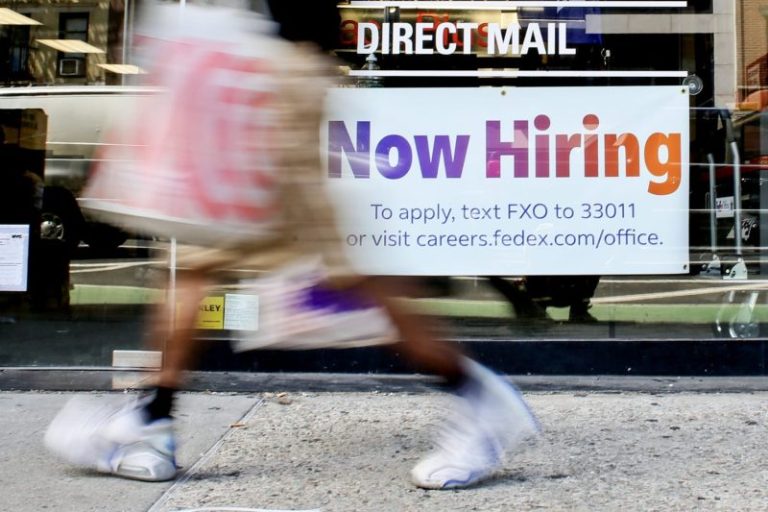The recent announcement that the U.S. added 818,000 fewer jobs than previously believed has sent shockwaves through the economy, raising concerns about the pace of economic recovery following the impact of the COVID-19 pandemic. The downward revision of job gains for one of the world’s largest economies is significant, indicating potential challenges ahead.
One of the key consequences of the revised job figures is the potential impact on consumer confidence. Employment data is closely watched by economists and policymakers as it serves as a barometer of the health of the economy. A lower-than-expected job growth figure could lead to a decrease in consumer spending, which is a vital driver of economic growth. With fewer people finding employment than initially reported, there may be a ripple effect across various sectors of the economy.
Moreover, the revised job figures could also have implications for the Federal Reserve’s monetary policy. The central bank closely monitors economic indicators to make decisions on interest rates and other policy tools. The unexpected revision in job numbers could prompt the Fed to reassess its approach, leading to potential changes in monetary policy to support economic growth.
In addition, the revised job data raises questions about the accuracy of economic forecasting and data collection. The discrepancy between the initial job growth figures and the revised numbers underscores the challenges in measuring economic activity accurately, especially during periods of uncertainty and rapid change. Policymakers and analysts may need to reevaluate their reliance on certain economic indicators and explore alternative sources of data to gain a more comprehensive understanding of the economic landscape.
The revision in job figures also highlights the importance of transparency and accountability in reporting economic data. Timely and accurate information is crucial for businesses, investors, and policymakers to make informed decisions. The revision serves as a reminder of the need for robust data collection methods and rigorous analysis to provide an accurate depiction of the economic environment.
Moving forward, stakeholders across the economy will be closely monitoring developments and adjusting their strategies in response to the revised job figures. Businesses may reassess their hiring plans, investors may adjust their portfolios, and policymakers may consider additional measures to support employment and economic growth. While the downward revision in job numbers presents challenges, it also provides an opportunity for reflection and adaptation to ensure a more resilient and sustainable economic recovery.



